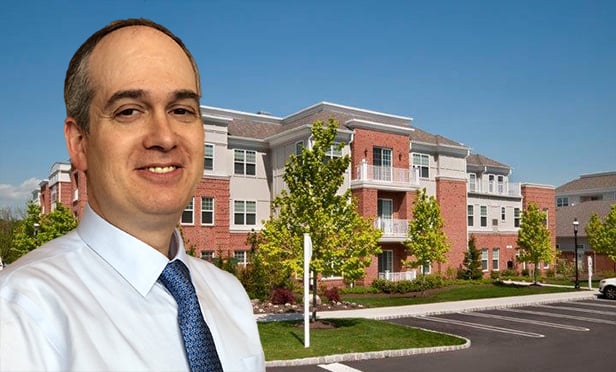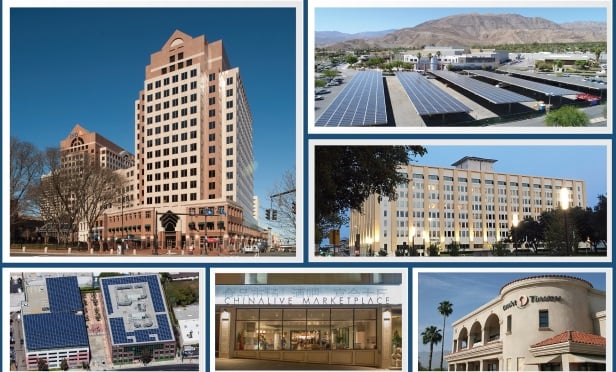PALO ALTO, CA—On April 30, 2015, President Barack Obama signed the Energy Efficiency Improvement Act of 2015 into law. In part, the Act empowers the Environmental Protection Agency and the Department of Energy to establish and implement a voluntary “Tenant Star” program aimed at promoting energy efficiency in separate spaces leased by tenants or otherwise occupied within commercial buildings. The Tenant Star program is to be modeled after the well-established “Energy Star” program that continues to provide tools for measuring and benchmarking energy efficiency and for certifying those properties that meet or surpass minimum standards.
The question that many industry experts are now asking is: what impact, if any, will a new voluntary program have on the design, construction and operation of commercial buildings? The answer to this question remains to be seen; however, five factors about the Act to keep in mind are set forth below and may serve as a roadmap on what can be expected.
One: Bringing tenants into the discussion of energy consumption has the potential to finally align landlords and tenants on efficiency goals and interests. The Act should encourage office tenants to explore cost effective and energy efficient solutions to reduce operating costs when designing and constructing tenant improvements, particularly in managing electric plug loads from equipment, lighting and water usage and HVAC systems.
More and more large commercial tenants are taking a page from Silicon Valley technology companies looking to leverage workplace differentiators when soliciting and maintaining talent. Certified energy efficient, sustainable and cutting edge facilities have the potential to give these tenants a significant advantage in the marketplace when competing for employees.
Two: The Department of Energy's feasibility framework will dictate the success or failure of the Tenant Star program. Starting in August of 2015, the Secretary of Energy will begin seeking input on how a properly structured Tenant Star program could significantly improve energy efficiency in commercial buildings. The purpose of this exercise is to not only develop within one year a model and set of rules that the Environmental Protection Agency will implement, but also to assess the necessary metrics on a tenant's return on investment, the relevant payback time periods and lessons learned (successes and failures) from actual case studies.
Three: Unlike most other federal legislation in the past few years, the Act passed both houses with overwhelming bipartisan support. However, new regulatory regimes (even voluntary ones) face stiff and significant hurdles when it comes to implementation. These challenges are exemplified in the constant threat by the Republican-controlled House of Representatives and Senate to defund the Environmental Protection Agency. Whether the Act and the structure proposed by the Department of Energy are dragged into the partisan climate change minefield remains to be seen.
Four: Whole building data collection is critical to the Act's long term acceptance. Once implemented, the Tenant Star program will benchmark commercial buildings that fail to meet minimum efficiency standards and potentially provide guidance for how such buildings' landlords and tenants can improve performance. The benchmarking will also give tenants an opportunity to make fully informed decisions when choosing the buildings in which they want to design and construct their leased premises, and perhaps even more importantly, to receive recognition for their own individual efforts to mitigate waste and optimize energy efficient usage.
Five:The commercial real estate market (both landlords and tenants) will ultimately decide whether to embrace or reject the Act's voluntary standards. As we have seen, tenants are often disinclined to take steps in design, construction or operations that do not have a substantial economic benefit. The Tenant Star program may, however, provide the needed incentive to push tenants towards greater efficiency and sustainability solutions. Who knows, we may even see a re-emergence of the “green” lease (which has been around for many years but failed to gain any material traction) or a push towards the holy grail in commercial design and construction—zero net energy buildings.
Michael C. Polentz is co-chair of the real estate & land use practice group at Manatt, Phelps & Phillips, LLP, located in the Palo Alto, CA office. The views expressed here are the author's own.
Want to continue reading?
Become a Free ALM Digital Reader.
Once you are an ALM Digital Member, you’ll receive:
- Breaking commercial real estate news and analysis, on-site and via our newsletters and custom alerts
- Educational webcasts, white papers, and ebooks from industry thought leaders
- Critical coverage of the property casualty insurance and financial advisory markets on our other ALM sites, PropertyCasualty360 and ThinkAdvisor
Already have an account? Sign In Now
*May exclude premium content© 2025 ALM Global, LLC, All Rights Reserved. Request academic re-use from www.copyright.com. All other uses, submit a request to [email protected]. For more information visit Asset & Logo Licensing.








